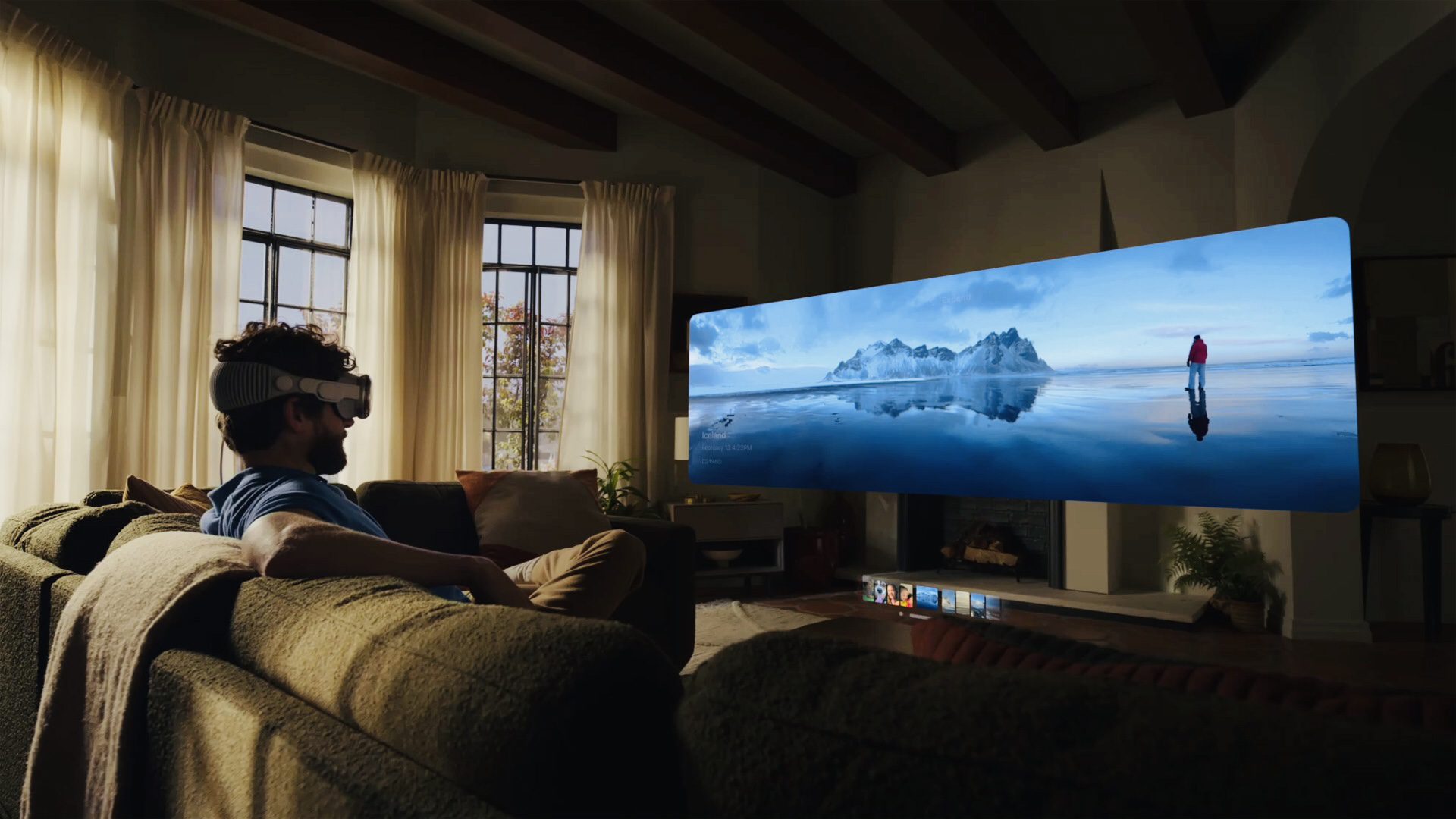Ever since I can remember I’ve dreamt of having a movie theatre at home. A large, gorgeous screen paired with a high-end sound system to enjoy my favourite films and video games in the most immersive way possible, all from the comfort of my living room. Unfortunately, that dream has yet to come to fruition as the cost for such luxury items are, well, luxurious. However, there is a new piece of technology that, though still fairly niche, may very well make this dream a reality…a virtual reality.
Mark Zuckerberg and Co. have been hard at work in trying to make their “Metaverse” a thing, regardless of the massive financial losses the company has taken over the past few years. Nevertheless, their most recent iteration of the headset, the Meta Quest 3, is a solid product that builds upon past generations and brings with it a bevy of notable improvements, the most notable of them being its reduced size and weight, which seems to be an ongoing barrier for mainstream audiences. Yet, for as good a product as the Quest 3 is, it isn’t moving units off the shelves, having been outsold by its older brother, the Quest 2, throughout the holiday season.
Meta as a company, setting aside all of their questionable privacy practices, their dying social media networks, and a CEO who comes across as more alien than human, isn’t a brand that people—especially kids—still resonate with; if they ever truly did. The same, however, cannot be said for a little company over at Cupertino. If there’s any company that can push VR into the mainstream, it’s Apple. Their soon-to-be-released, outrageously expensive yet admittedly impressive AR/VR headset, the Apple Vision Pro, may just be the catalyst in bringing VR into the homes of the masses. Making my dream of finally being able to watch movies on a massive, high-resolution screen with surround sound at home just a little closer. Emphasis on “little” because the Vision Pro will cost you an eye-watering $3,500; an amount that is definitely not within the means of the mainstream.

Apple knows that their product is not going to be adopted by the millions, and reports by leakers suggest that the company will be shipping out less than 100k units for its February 2nd release. This would be in line with what the original Quest had supposedly sold within its first week, though a far-cry from the numbers we’re used to seeing from any Apple product. Obviously, the most apparent reason for such a low expectation of sales is that jarring price-tag. Though longtime Apple users are well-aware (or naïvely oblivious) of the “Apple tax,” $3500 may be going far even for the most avid of fans. That is, until you take a closer look. Because when looking at the individual pieces that form this headset, and hearing the breakdowns from longtime tech analysts, you’ll realize that the Apple Vision Pro is filled to the brim with cutting-edge technology. Technology that simply doesn’t exist in headsets currently on the market from their competitors like Meta. It’s because of this that I feel Apple, not Meta, will be the ones to bring true theatre experiences to the living room. At least on the technical side of things. When it comes to the social aspect, which is intrinsic to the theatre-going experience, Meta definitely has the upper hand.
Longtime users of the Quest headsets will no doubt be familiar with a third-party app named BigScreen VR, which allows users to transport themselves to a virtual theatre wherein they can log in to their streaming service of choice and begin watching their favourite film or T.V show on a massive screen, in a variety of interesting environments including a virtual theatre. The problem, however, is that the quality of these screens can’t be compared to those of actual movie theatres or even the standard 4K T.V you have at home. The Meta Quest 3 outputs roughly a 4.56 million pixel resolution per eye—a mere 30% increase from the Quest 2–which in and of itself isn’t bad, but is nowhere near the fidelity of what we’re used to in our non-VR reality. Couple that with streaming services already compressing their videos, and with the fact that the screens within BIgScreen are sharing the Quest’s resolution with the environments they set you in, and you can imagine the dip in quality this “theatre experience” has.
Apple’s Vision Pro, on the other hand, bumps up the resolution within their headset by a considerable margin. They’re touting that their micro-LED lenses will output an impressive 23 million pixels per eye, which depending on the headsets FOV could bring its PPD (pixels per degree) to around 40 or 50. In comparison, the Quest 3 has a PPD of 25. When compared to the human eye, which has us see a PPD of roughly 60, it’s clear that Apple are the ones far closer to giving us “flawless VR.” Which for $3,500, I would hope so. When taking this higher quality in resolution and pairing it with the fact that big-name streaming services like Disney+ are already set to partner with Apple to bring in native application support (something they haven’t done with Meta), and that many of their advertised use cases revolve around the home-theatre experience, including having features like a built-in Spatial Audio headset, it’s clear that Apple are gunning to take the lead in the VR theatre experience.

With that said, there’s something missing with the experience that Apple has advertised. As I mentioned, the “theatre experience” is intrinsically social. There’s something special about going into a large, darkened room with a bunch of strangers and watching a story unfold. This special something is an aspect Apple misses, showcasing their headset-wearing actors watching the latest Apple TV+ program all by their lonesome. With BigScreen VR, users are able to host or join virtual rooms wherein they can watch a film or television show with others as their cartoon avatars. You can even “eat” (or throw) virtual popcorn while watching, and even join a voice-chat room to speak to others. As someone who can’t stand others doing either at the theatre, I’d personally keep those toggles off, but it’s a nice feature to have that brings in that social aspect of the theatre-going experience.
We’ll have to wait and see how the Vision Pro actually pans out when it releases in a couple weeks. My hope is that it’s a success, because it being so will mean that even more streamers like Netflix (who, alongside YouTube, have chosen to disregard the platform) will make native applications for the headset that get continual updates (something also not done on some of their native apps on Quest devices). It will also mean that Apple will continue to support the function, hopefully bringing in features that includes the ability to spread the experience from an isolated one, to one that’s more social. Being able to watch the next Star Wars film on a massive screen with Spatial Audio, alongside a bunch of folks from around the globe as we sit in the virtual deserts of Tatooine, all from the comforts of my living room is a dream my ten-year-old self can’t wait to experience. Hopefully without being thousands of dollars poorer.

